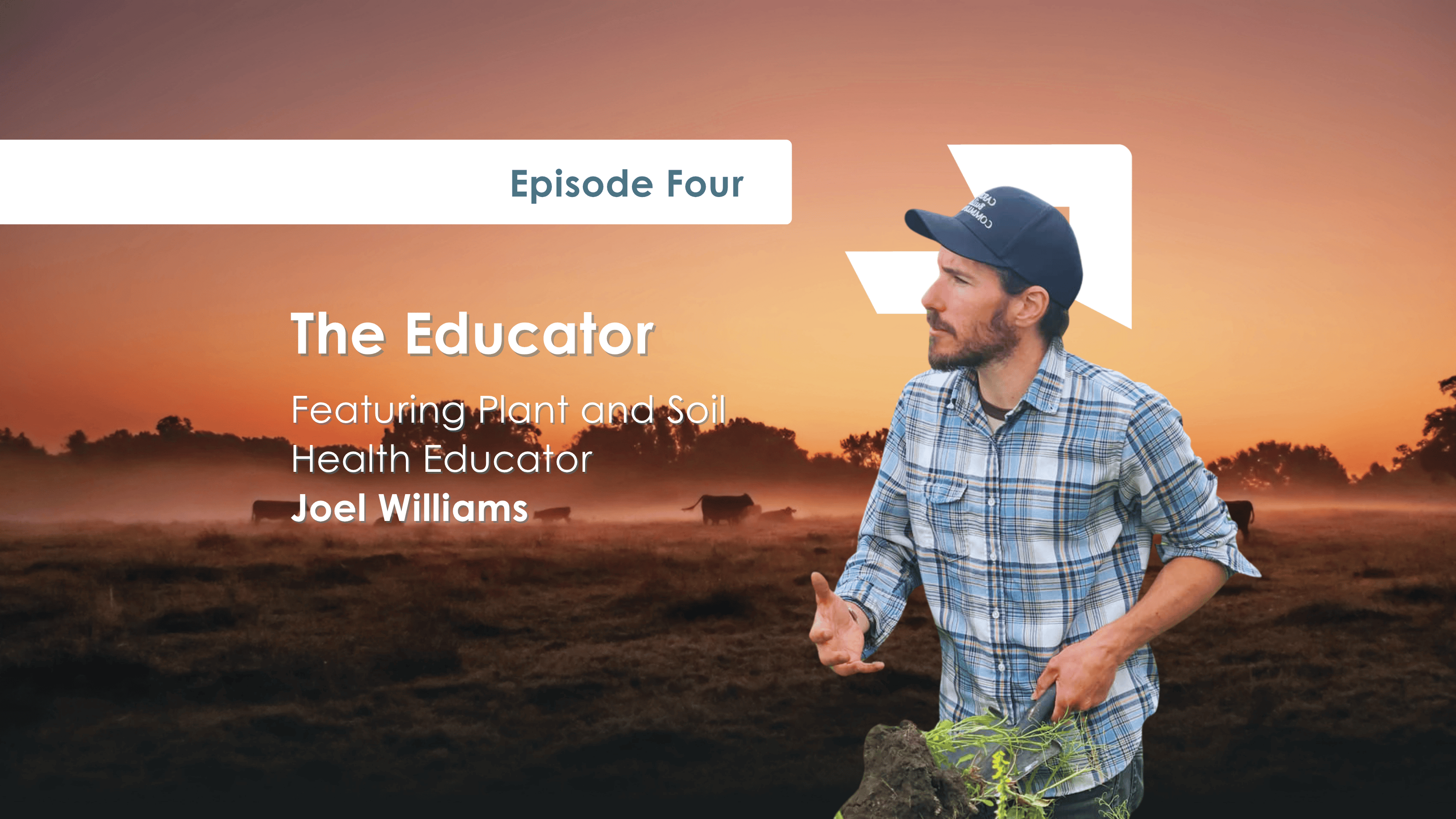Spring has arrived in the northern hemisphere, and it’s a beautiful time to take stock of all that nature has to offer. Despite lockdowns due to the global Covid-19 pandemic, ranchers are still working hard to ensure their animals are getting sufficient quality feed. In my last webinar with Colin Feilen from MaiaGrazing, I shared tips on how ranchers can leverage the explosive growth season of spring to set their pastures up for success. A Grass & Forage Science study[1] demonstrates the rewards of early spring grazing – particularly on herbage quality in subsequent grazing rotations. Our session takes this further by exploring how you can apply this insight to your individual conditions. Here are the key highlights of the session:
- The importance of managing both grazing period and recovery time, and what an early spring grazing strategy should look like
- Understanding the physiological state of the pasture, and how to end or minimize hay feeding and move animals out to pasture early
- Managing the growing season and the grazing season effectively, and what to do to set up forage quality for the growing season
If you’re coming into spring or are starting to make grazing management decisions leading up to the season, I encourage you to watch this webinar first. I hope you can join me next time, and I look forward to sharing more modern grazing methods with you in the coming weeks. Feel free to connect with Colin or myself on LinkedIn – I’d love to stay in touch.
Want to see how MaiaGrazing can help you get the best from early spring grazing?
Book a consultation with us now.
About Jim Gerrish
Jim Gerrish is an independent grazing lands educator and consultant providing service to farmers and ranchers on both private and public lands across the US and internationally. He currently lives in the Pahsimeroi Valley in central Idaho and works with numerous ranchers using both irrigated pastures and native rangeland as well as working in high natural rainfall environments. His past experience includes over 22 years of beef-forage systems research and outreach while on the faculty of the University of Missouri. His research encompassed many aspects of plant-soil-animal interactions and provided the foundation for many of the basic principles of Management-intensive Grazing.He has authored two books on grazing and ranch management. Management-intensive Grazing: The Grassroots of Grass Farming was published in 2004 and Kick the Hay Habit: A practical guide to year-around grazing was published in 2010.His research and outreach efforts have been recognized with awards from the American Forage and Grassland Council, Missouri Forage and Grassland Council, National Center for Appropriate Technology, USDA-NRCS, the Soil and Water Conservation Society, Progressive Farmer, and American Agricultural Editors Association.
[1] Kennedy, Emer & O'Donovan, Mike & Murphy, John & O’Mara, F. & Delaby, L.. (2006). The effect of initial spring grazing date and subsequent stocking rate on the grazing management, grass dry matter intake and milk production of dairy cows in summer. Grass and Forage Science. 61. 375 - 384. 10.1111/j.1365-2494.2006.00544.x.

.png)

